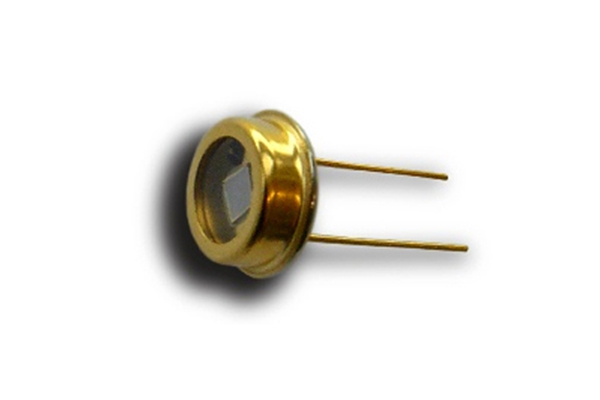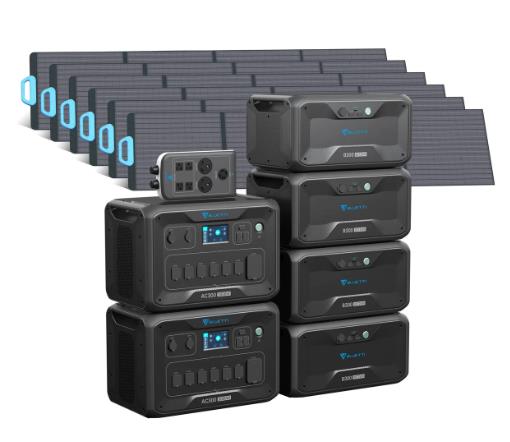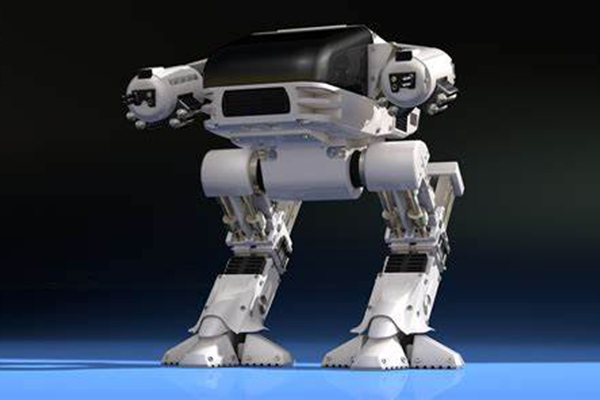The rapid development of industrial automation and machine vision has propelled laser rangefinders to become crucial non-contact measurement tools in various applications such as detection, measurement, and control. Laser rangefinders play a vital role in advanced technologies like laser velocity measurement, laser tracking, 3D laser imaging, and laser radar, garnering increasing attention recently.
Understanding Laser Rangefinding:
A laser rangefinder is an instrument that utilizes a modulated laser parameter to measure the distance to a target. In laser rangefinding, the target is illuminated with laser light, and after diffuse reflection from the target surface, a portion of the backscattered light returns along the original path, converging onto a photodetector for reception. By calculating the time difference between the emission and reception of the laser light and multiplying it by the speed of light, the distance to the target can be accurately determined.
Application in Aerospace:
Laser rangefinders find extensive use in the aerospace domain. During the Apollo 15 lunar mission, a specially designed device, a large corner reflector, was deployed to reflect laser beams sent from Earth. This enabled the calculation of the Earth-Moon distance accurately.
Importance of Laser Beam Energy Intensity Control:
Laser rangefinders require real-time and precise monitoring of the laser beam’s energy intensity to ensure accurate distance measurement. This monitoring is often accomplished using components such as ultraviolet (UV) photodiodes or UV sensors. Here, we recommend UV photodiodes.
Digital ultraviolet sensors – GUVA-C32SM
The Korean Genicom digital ultraviolet sensors – GUVA-C32SM and GUVB-C31SM – integrate photodiodes, amplifiers, ADCs, digital control logic, and 12C interface circuits to measure ultraviolet intensity in the UVA and UVB bands.
GUVA-C32SM sensor
GUVA-C32SM supports the integration function of ultraviolet sensors, making it easy to configure and use for user applications. This device includes a photodiode, amplifier, ADC, digital control logic, and a 12C interface circuit for measuring ultraviolet A.
The GUVA-C32M can measure the intensity of long-wavelength ultraviolet radiation separately and calculate the digital output based on each intensity. According to specific application requirements, reasonable use of power management mode can reduce power consumption.
- -Integrated gallium nitride sensor for detecting UVA, single package
- -Support Ultraviolet index measurement (1…>14) – programmable gain and integration time
- -I2C slave interface, up to 400KHz – power management mode
- -Closing current: standard 0.8uA
- -Power supply voltage: 2.6V -3.6V
- -2.0mm × 2.3mm × 1.4mm, 4-pin OLGA package
Application
- Smartphones, watches, weather stations
- Bicycle navigation, games, accessories
SG01D-C18 UV Photodiode:
The SG01D-C18 UV photodiode, manufactured by SGLUX in Germany, is designed to withstand high-intensity radiation while exhibiting minimal sensitivity to visible light. It produces low dark current, offers rapid response times, and can operate reliably for extended periods at temperatures as high as 170°C (338°F). Furthermore, it has a low-temperature coefficient (<0.1%/K) and low noise, effectively detecting extremely low radiation intensities when paired with an appropriate amplifier.
Properties of SG01D-C18 UV Photodiode:
The SG01D-C18 UV photodiode possesses several noteworthy characteristics:
- UVC-only sensitivity compliant with DVGW W294 standards, with high chip stability confirmed by PTB (Physikalisch-Technische Bundesanstalt)
- Active Area (A) of 0.50 mm²
- TO18 hermetically sealed metal housing with one isolated pin and one case pin
- Approximately 6 nA current is generated when exposed to peak radiation of 10 µW/cm²
Advantages of Silicon Carbide (SiC) Material:
The SG01D-C18 UV photodiode is based on silicon carbide (SiC) material, which offers unique properties beneficial for visible-blind semiconductor UV detectors. SiC provides:
- Exceptional radiation hardness.
- Near-perfect visible blindness.
- Low dark current, high speed.
- Low noise characteristics.
Its operational temperature range extends up to 170°C (338°F), and it exhibits a low-temperature coefficient of signal (responsivity) of <0.1%/K. Due to its low noise (in the femtoampere range), the photodiode can reliably measure very low UV radiation intensities. It is important to note that this device requires an appropriate amplifier to function optimally.
Conclusion:
Laser rangefinders have become indispensable tools in numerous industries, enabling accurate non-contact distance measurement. To ensure precise distance calculations, monitoring the energy intensity of the laser beam is vital. With its exceptional performance and compatibility with high-intensity radiation, the above UV photodiode is an excellent choice for controlling laser beam energy intensity in laser rangefinders.




